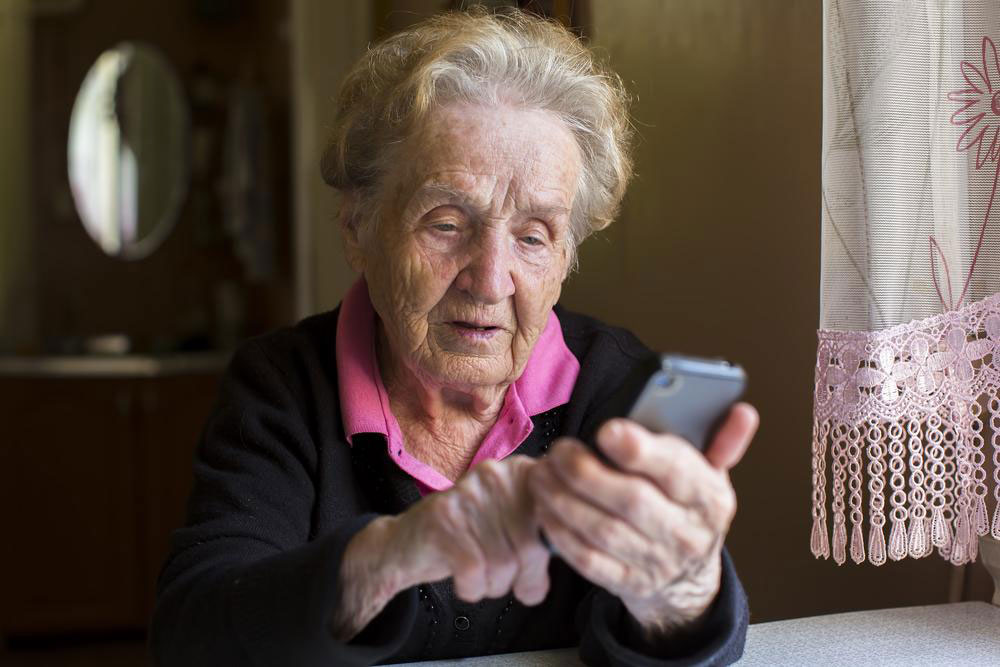Comprehensive Guide for Seniors: How to Obtain Free or Discounted Mobile Phones
This comprehensive guide explores various strategies for seniors to access free or discounted mobile phones and plans. It covers government programs like Lifeline, MVNO options, and specialized senior plans, helping older adults stay connected while saving money. Whether you're eligible for free devices or seeking affordable plans, this article offers essential information and tips to maximize your mobile communication options.

Comprehensive Strategies for Seniors to Access Free or Discounted Mobile Phones
For many seniors, staying connected with loved ones and managing day-to-day activities through mobile phones is essential, yet the costs associated with mobile service can be a significant barrier. Fortunately, there are numerous programs and options designed to help seniors reduce their mobile communication expenses. Whether you're seeking a free phone or affordable monthly plans, understanding the available resources can make a substantial difference. This article explores the most effective strategies seniors can utilize to access free or discounted mobile devices and services, ensuring they stay connected without breaking the bank.
Federal Lifeline Assistance Program
The cornerstone of affordable telecommunications assistance for low-income individuals, particularly seniors, is the Federal Lifeline Assistance program. Established in the 1980s, this government initiative aims to provide qualifying individuals with a basic communication lifeline—free or heavily discounted mobile phones and services. If you meet certain income criteria or participate in select federal assistance programs, you may be eligible to receive a free cell phone and monthly service, including voice calls, text messages, pictures, and data.
To qualify, your income must typically fall below 135% of the Federal Poverty Guidelines, or you must already be enrolled in programs such as Medicaid, Supplemental Nutrition Assistance Program (SNAP), Federal Public Housing Assistance, or Social Security Disability Insurance. Once approved, recipients are often provided with a basic mobile device along with free monthly service, ensuring consistent communication capabilities for seniors who might otherwise struggle with high costs.
This program has significantly contributed to closing the digital divide for seniors and low-income populations. If you’re on a limited income, applying for Lifeline services can be a straightforward way to secure a free mobile device and essential communication services, providing peace of mind and connectivity to stay in touch with family, healthcare providers, and emergency services.
Alternatives from Mobile Virtual Network Operators (MVNOs)
Beyond government assistance, another viable option for seniors is exploring Mobile Virtual Network Operators (MVNOs). These companies operate on the infrastructure of major carriers like T-Mobile, AT&T, Verizon, and Sprint, offering more flexible and budget-friendly plans. MVNOs typically cater to customers seeking affordability and simplicity, making them ideal for seniors who do not require unlimited data plans or the latest devices.
Many MVNOs provide refurbished or basic model smartphones at a lower cost, and some allow the use of your existing compatible device. Plans from MVNOs are often contract-free, providing seniors the flexibility to cancel or switch plans easily without penalties. This flexibility can be advantageous if your communication needs fluctuate or if you wish to minimize monthly expenses.
However, it's important for users to monitor their data and usage limits carefully. With many MVNO plans, exceeding your allotted data or minutes could lead to additional charges, so understanding your usage patterns is key. For seniors who primarily use their phones for calls and texts, MVNOs can be a cost-effective alternative to more expensive plans from big carriers.
Specialized Senior Mobile Plans
Recognizing that seniors tend to have different communication needs compared to younger consumers—often requiring fewer data and more simplicity—many carriers have created tailored plans specifically for older adults. Companies such as Great Call (now a part of Verizon), T-Mobile, and AT&T offer plans that are customized to suit senior users, including simplified features, larger buttons, and emergency assistance services integrated into the phone or plan.
Some of these plans are available at a discounted rate, and a few providers even offer free devices or plans as incentives to switch. These plans often include features like 24/7 customer support, quick-access emergency buttons, and larger display fonts, which enhance usability for seniors with limited vision or mobility challenges.
To find the best options, seniors should compare various carriers’ offerings, considering their specific usage needs—such as call volume, texting, and data usage. Additionally, some providers offer promotional deals where switching from your current provider could entitle you to discounted or free devices and plans, thus helping to reduce overall expenses.
In conclusion, seniors have multiple avenues to secure affordable or even free cell phones, ensuring they remain connected in today’s digital world. By leveraging government programs like Lifeline, exploring MVNO options, and choosing specialized senior plans, older adults can enjoy reliable communication services at reasonable prices. It’s crucial to assess individual needs, usage patterns, and eligibility criteria to make informed choices. With the right strategy, seniors can enjoy the benefits of mobile connectivity—staying safe, maintaining social connections, and accessing critical services—without undue financial burden.





